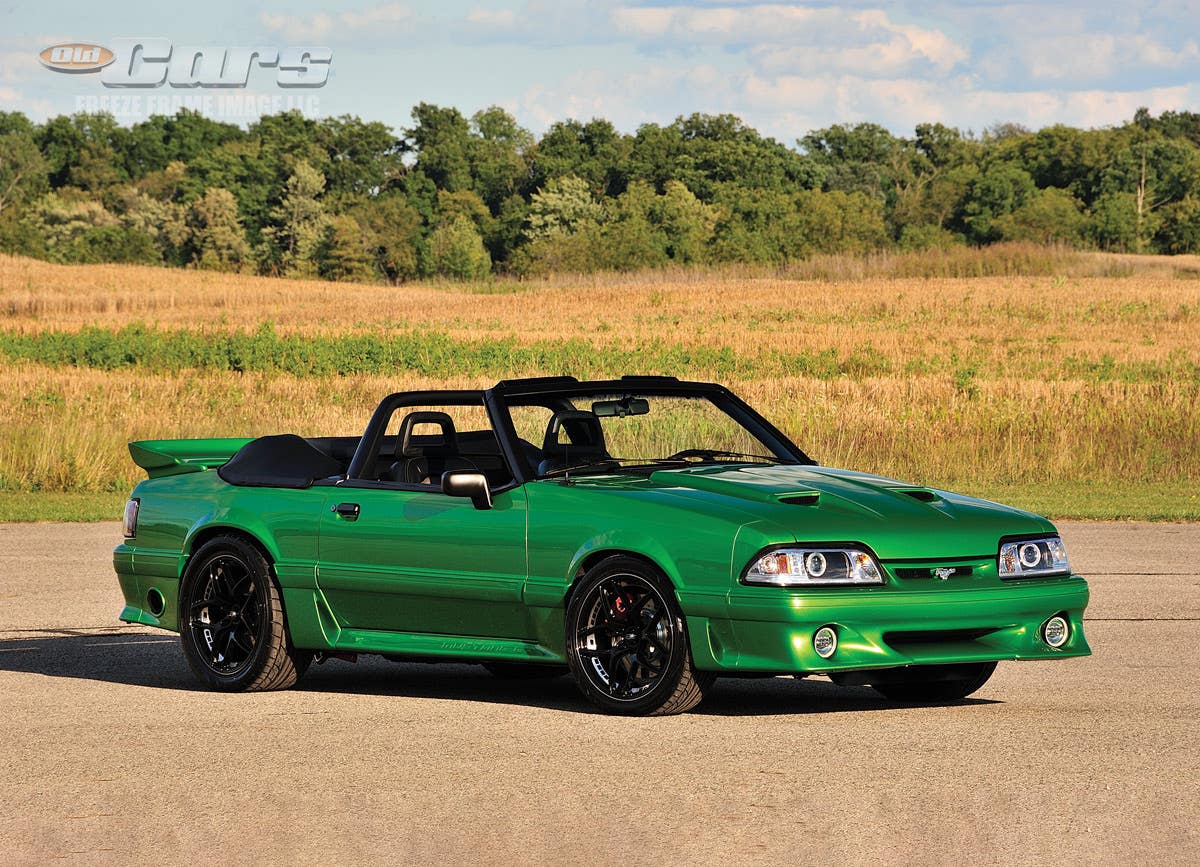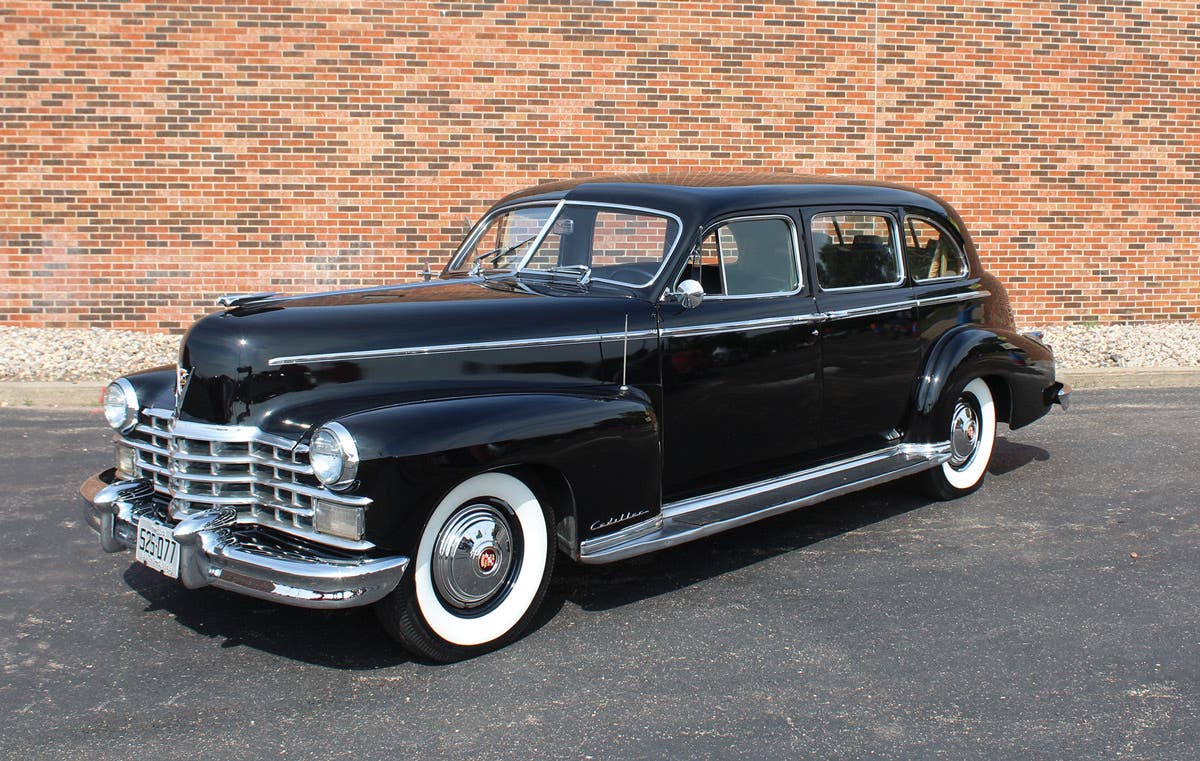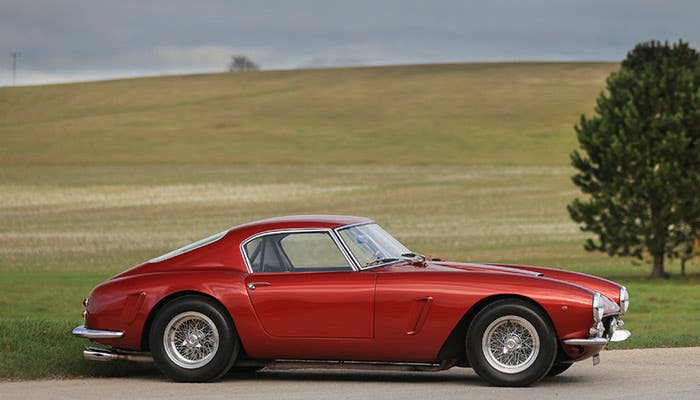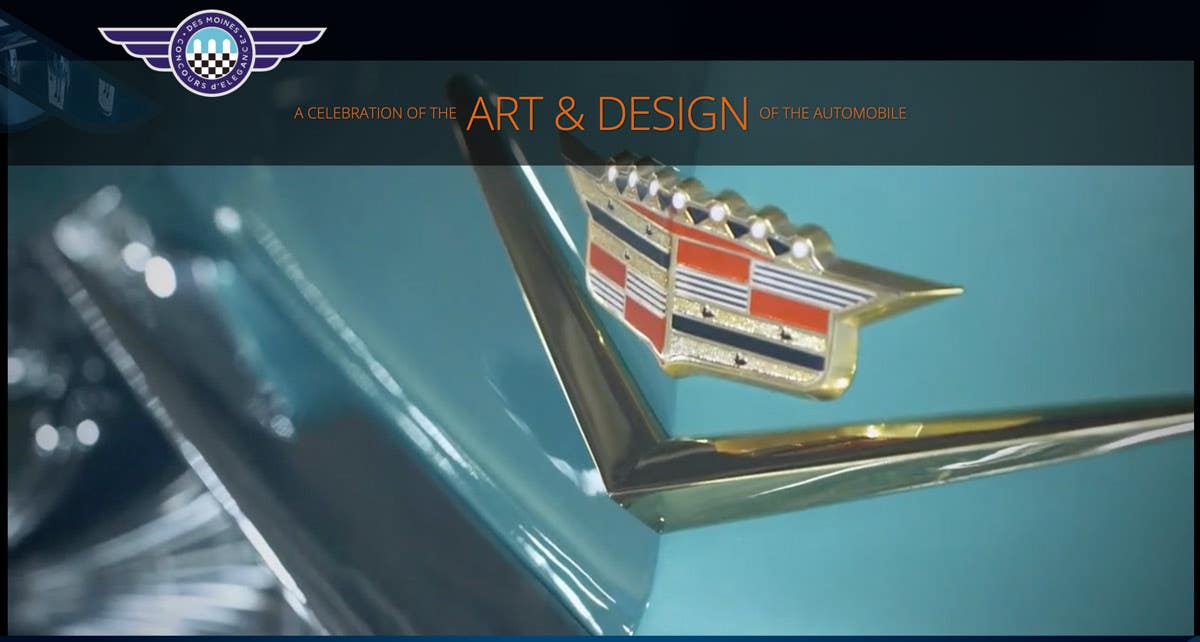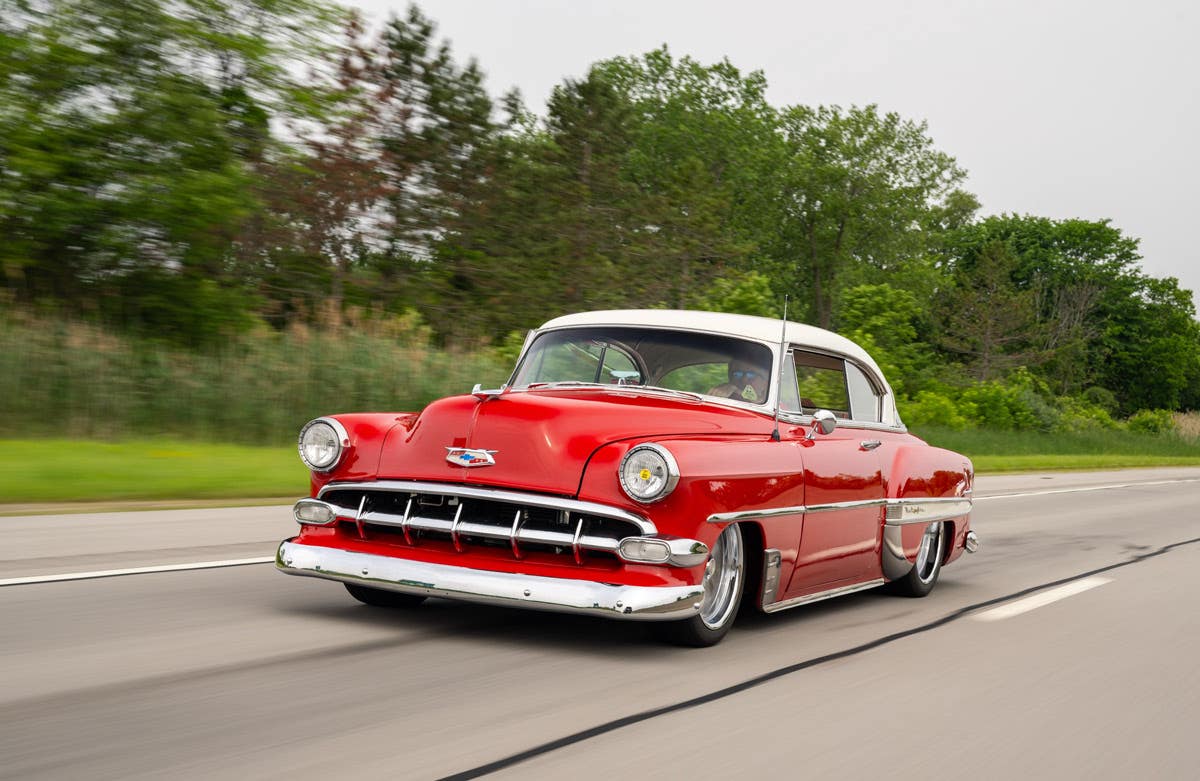Q&A: June 13, 2019 Edition
Q. I got this in a “dollar box” back in the 1980s during a farm auction in Indiana. Dollar boxes normally had a bunch of miscellaneous things in them and…
Q. I got this in a “dollar box” back in the 1980s during a farm auction in Indiana. Dollar boxes normally had a bunch of miscellaneous things in them and you’d win them for a dollar. It is marked on the back as manufactured by Jaeger Watch Company of New York. Do you or any of your readers have any ideas of what dash this may have come from? It was too cool looking to ever get rid of it, and it’s piqued my interest again after all these years.
— Tony Veloudas, Stafford, Va.
A. I’d know that face anywhere! It’s from a 1950-52 Nash Rambler, like the one I drove when I was in high school. I’m interested to know it’s a Jaeger clock, as it doesn’t have the maker’s name on the face. Most auto clocks of that period were made by the George W. Borg Company. Naturally, people wonder about a connection with Borg-Warner, and indeed there is one. George William Borg was the son of Charles W. Borg, who is considered the founder of the company and joined with Marshall Beck to form Borg & Beck in 1903. George W. Borg invented and patented a single-plate automobile clutch, which was then manufactured by Borg & Beck. Borg & Beck merged with Warner Gear to form Borg-Warner in 1928. Other parties to this merger were Marvel-Schebler Corporation and Mechanics Universal Joint Company. At some point between then and 1933, George W. Borg created his automotive clock company in Chicago. It was absorbed into Amphenol Corporation, a maker of electrical and electronic connectors, in 1958.
Your clock is missing the knurled setting knob at the bottom. I see these clocks advertised, cleaned and refurbished, for about $175.
Q. I have this clock mirror that I found in the outhouse of an abandoned junkyard when I was 15 or 16 (I’m now 75). I would appreciate any information on it. [The clock face indicates] it was manufactured by Standard Mirror, and has almost perfect gold leaf reflector behind the glass. The clock backing is apparently threaded over the winding mechanism.
A. Golly, this certainly is clock week. It’s about time. Clock mirrors were a popular aftermarket accessory. Manufacturers also offered them as accessories, in which case they usually had a car logo on the face. The style of your clock suggests that it’s from the late 1930s. The numbers have an art deco-style font and the mirror has rounded ends. Earlier mirrors and clock mirrors were generally rectangular. It’s a stem-wind clock, with the wind-set knob extending out from behind on the right-hand side. As I write, I see more than 10 of them in various styles on eBay, though none exactly like yours. Other maker’s names on them include New Haven, Westclox and Phinney Walker. One of the latter popped up in “Q&A” back in December 2014. Asking prices, over all types and ranges of condition, vary from about $20 to nearly $900, the latter for a Chevy “bowtie” electric mirror clock.
To submit questions to this column: E-mail
oldcars@krause.com or mail to: Q&A, Old Cars,
5225 Joerns Drive, Suite 2, Stevens Point, WI 54481.



